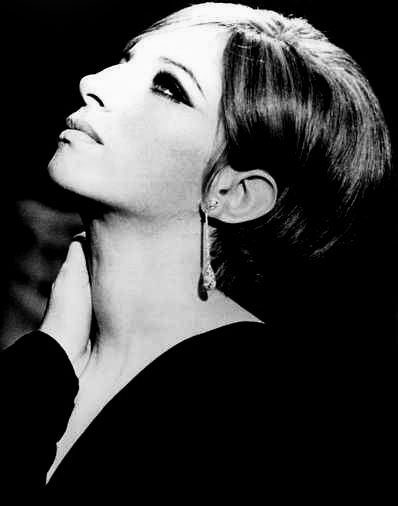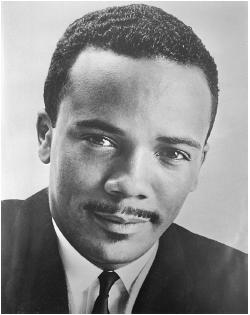 Barbra Streisand is still a very big star.
Barbra Streisand is still a very big star.
This was extremely evident at last night’s Alan & Marilyn Bergman tribute at the Academy of Motion Picture Arts & Sciences’ Wilshire Boulevard outpost.
The tribute opened with a film clip of Barbra ogling Robert Redford in Sydney Pollack’s The Way We Were (1973). It closed with Babs, ten years later, ogling the Torah as the cross-dressing yeshiva bucher of Yentl (1983).
Both films have Bergman songs and the Bergmans were there. But the evening was an all-Barbra affair.
Babs got a standing ovation — just for showing up. After the show no one left; instead, everyone hung around pretending to not gape at her. This fabulous lady (long legs draped in flowing hostess pants; big hair a rich shade of blonde … who does her color?) could be mayor of Los Angeles. I’m sure she’s considered it.
The Bergmans, song lyricists extraordinaire, were feted by buddies like Quincy Jones, who hosted the charmingly homespun event. Pianist/composer Dave Grusin accompanied singer Patti Austin as she gave amazing meaning to the Bergmans’ simple patter scribed for “What Matters Most” from The Champ (1979).
Michel Legrand delivered the evening’s magic. His piano emitting crystaline arpeggios, Legrand sang a crazy, haggard rendition — in breathy French accent — of the Bergmans’ “I was Born to Love You.” He then paired with Alan Bergman for “The Windmills of your Mind” from The Thomas Crown Affair (1968).
If the Bergmans never wrote another lyric beyond “Windmills,” they would still deserve their three Oscars. Here’s the deal about the Bergmans. He’s skinny, she’s not. He’s quiet and she never shuts up. They’ve been married forever. Team-writing lyrics mostly about love, they employ the most basic of vocabularies with a surprising degree of wit. They worked for mainly three filmmakers: Pollack, Norman Jewison, and Richard Brooks. Composer-collaborators have included Legrand, Grusin, Marvin Hamlisch, and Quincy — the latter for In The Heat of the Night. (Ray Charles sang.)
For Pollack’s great film Tootsie (1982), the Bergmans contributed the song that backs a montage of Dustin Hoffman falling in love with Jessica Lange. Titled “It Might Be You,” it was written with Dave Grusin. Bravo.
Host Quincy Jones rapped seamlessly in Yiddish, French, and Black hipster. When interviewing La Barbra, he kvelled on the mischpocha. He then cooed at Michel Legrand, calling him “mon petit frere, Monsieur Legrand.” Then, as “Q,” he noted the love for the Bergmans was “so deep in the house. All the emotion lotion … spread it around!”
Rock on Quincy Jones.
When asked how it was to collaborate professionally with his wife, Alan Bergman said, “What could be better than doing what you love … with the one you love?”
Nice song lyric.

I’m always impressed with what you’re able to experience (and have experienced) in local culture. I very much appreciate the full picture you give of the evening with Babs. I, too, recognize and smile at the names of the great and classic songs you mention and I’m sure those left unmentioned were similarly breathtaking. Was there an orchestra behind the singers or a more simple accompaniment (pianist)?
Thanks for taking the time to share this with us. Those songs are now echoing in my head . . . .
What a great evening that must have been! (I was at the opening of “The Little Foxes” at the Pasadena Playhouse — excellent.)
The first time I heard “What Are You Doing (the Rest of Your Life),” I cried, and every time for years after.
I once attended a Q&A with Richard Rush, director of “The Stunt Man,” dutifully carrying my 33 1/3 album for him to autograph). During the audience part of the Q&A, I mentioned that the plot of “The Stunt Man” evoked the song “The Windmills of Your Mind” to me (“Like a circle in a spiral/Like a wheel within a wheel”), and wondered if that occurred to him. He liked the question, and revealed that “Windmills” was the temporary music they used while running the film, before the actual score was written.